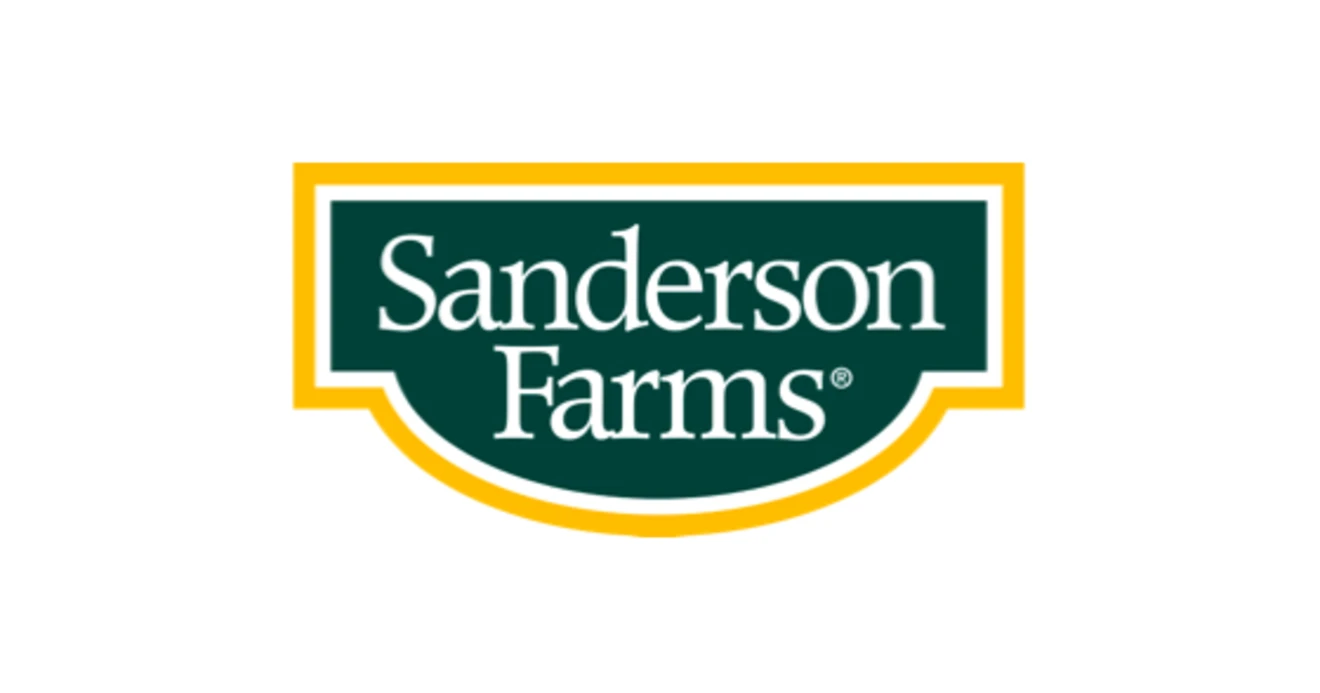Sanderson Farms Inc
Key Information
HQ:
United States
Market Cap:
$4.23bn
Primary Markets:
North America, LATAM
Business Type:
Protein Producer
Company Information
Company Summary
Sanderson Farms is the third-largest poultry producer in the US, processing over 4.2 billion pounds of meat in fiscal 2017. It is a fully vertically integrated poultry processing company engaged in producing, processing, marketing and distributing fresh and frozen chicken products.
Revenue
Total revenue:
$4.8bn
Revenue by Geography
Revenue by Protein
Revenue by Product Type
Disclosures
CDP ScoresLast Reviewed: 10/11/2023
| CDP Climate | CDP Forests | CDP Water |
|---|---|---|
| No | No | No |
Science Based Target initiativeLast Reviewed: 10/16/2024
| Target classification | Status | Date |
|---|---|---|
| Has not set SBT | - | - |


